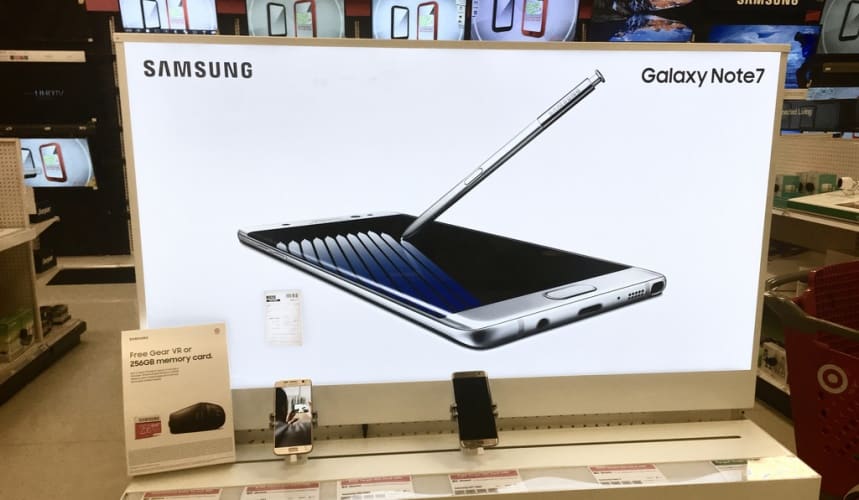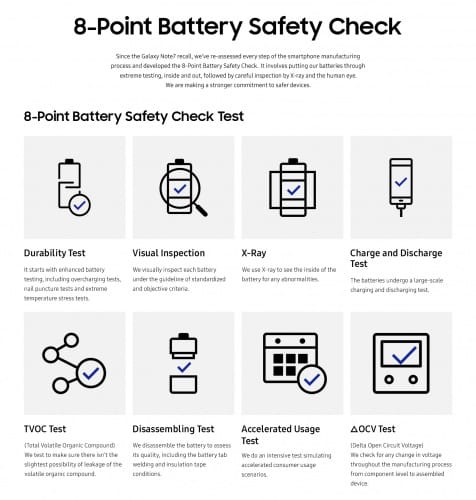
The Korean company has so far successfully recalled 96 per cent of the three million Note 7s sold, after numerous batteries burst into flames in the weeks following the smartphone’s release. The failures actually affected two different batteries with two different primary problems, both of which Samsung says have now been identified.
Battery A suffered from a flaw that meant the negative electrode was deflected in the upper right corner, allowing it to come into contact with the positive electrode. This was compounded by the tip of the negative electrode being located in the curve of the structure rather than the planar area.
Battery B’s primary problem was a high welding burr on the positive electrode that penetrated a layer of insulating tape and a separator to come into contact with the negative electrode. Samsung also discovered that some batteries were not actually equipped with insulation tape, exacerbating the design flaw.
After the financial and reputational damage of the Note 7 recall, Samsung says it has introduced enhanced safety measures across its entire production process in order to avoid a repeat. It has developed an 8-point safety check that “addresses safety from the component level to the assembly and shipment of devices”. These include improved versions of existing protocols (Durability Test, Visual Inspection, X-Ray Test, Disassembling Test and △OCT Test), as well as brand new regimes (Charge and Discharge Test, TVOC Test and Accelerated Usage Test).

According to Samsung, the “multi-layer safety measures protocol will implement strict safety standards on every element of the company’s devices including the overall design and materials used, device hardware strength and capabilities, and improved software algorithms for safer battery charging temperature, current and duration.”
The company has also formed a battery advisory group composed of materials science and chemistry academics from Cambridge University, UC Berkeley and Stanford.




Swiss geoengineering start-up targets methane removal
No mention whatsoever about the effect of increased methane levels/iron chloride in the ocean on the pH and chemical properties of the ocean - are we...